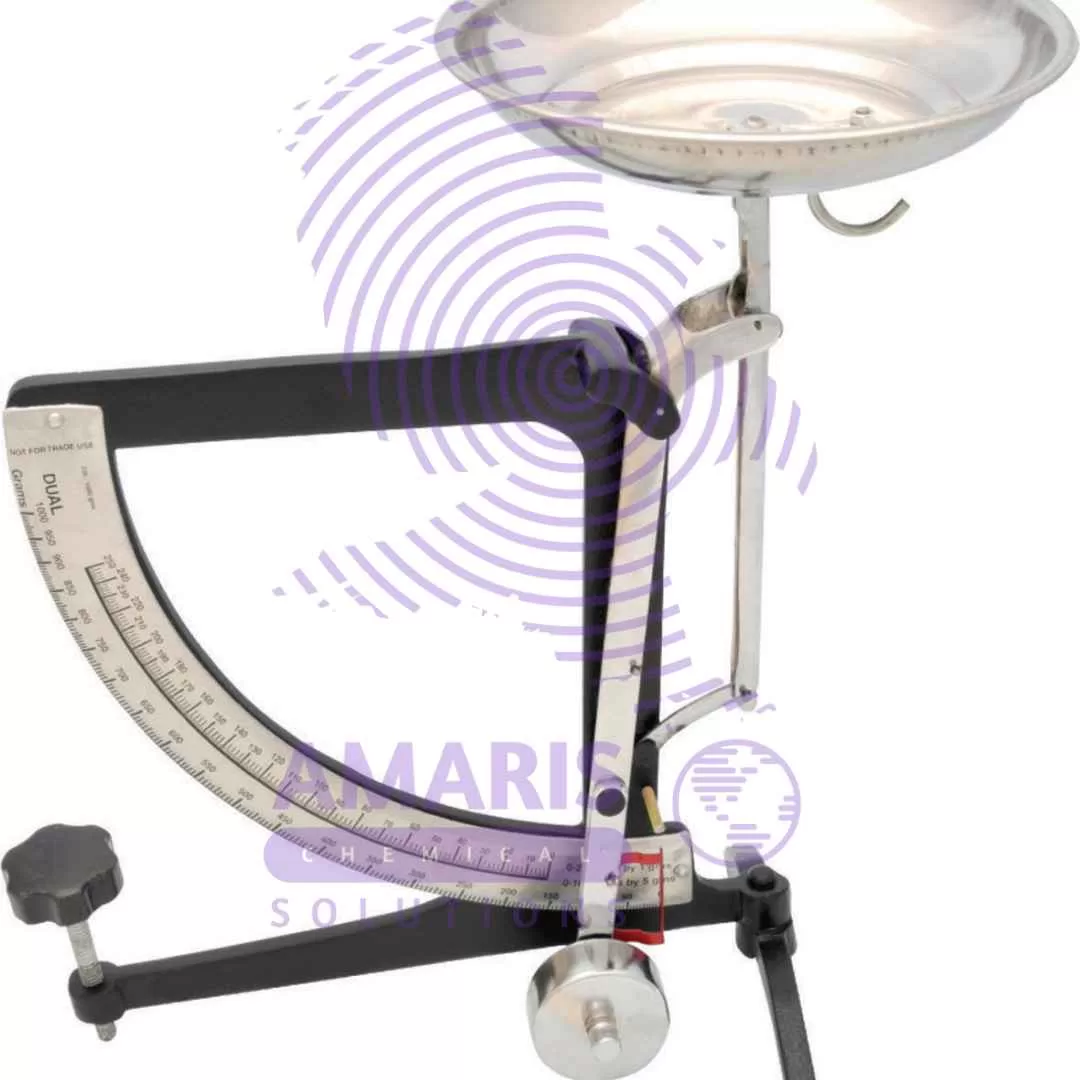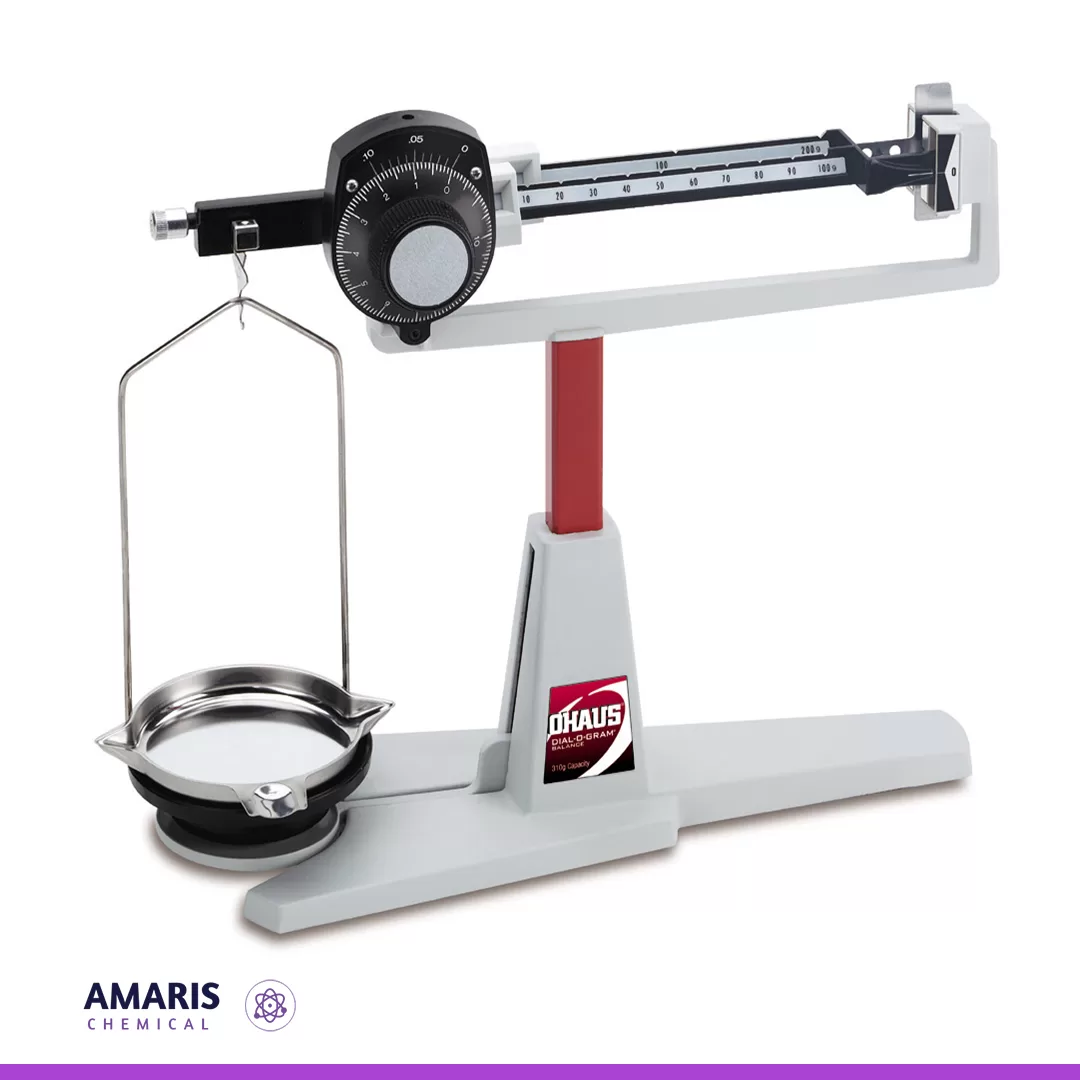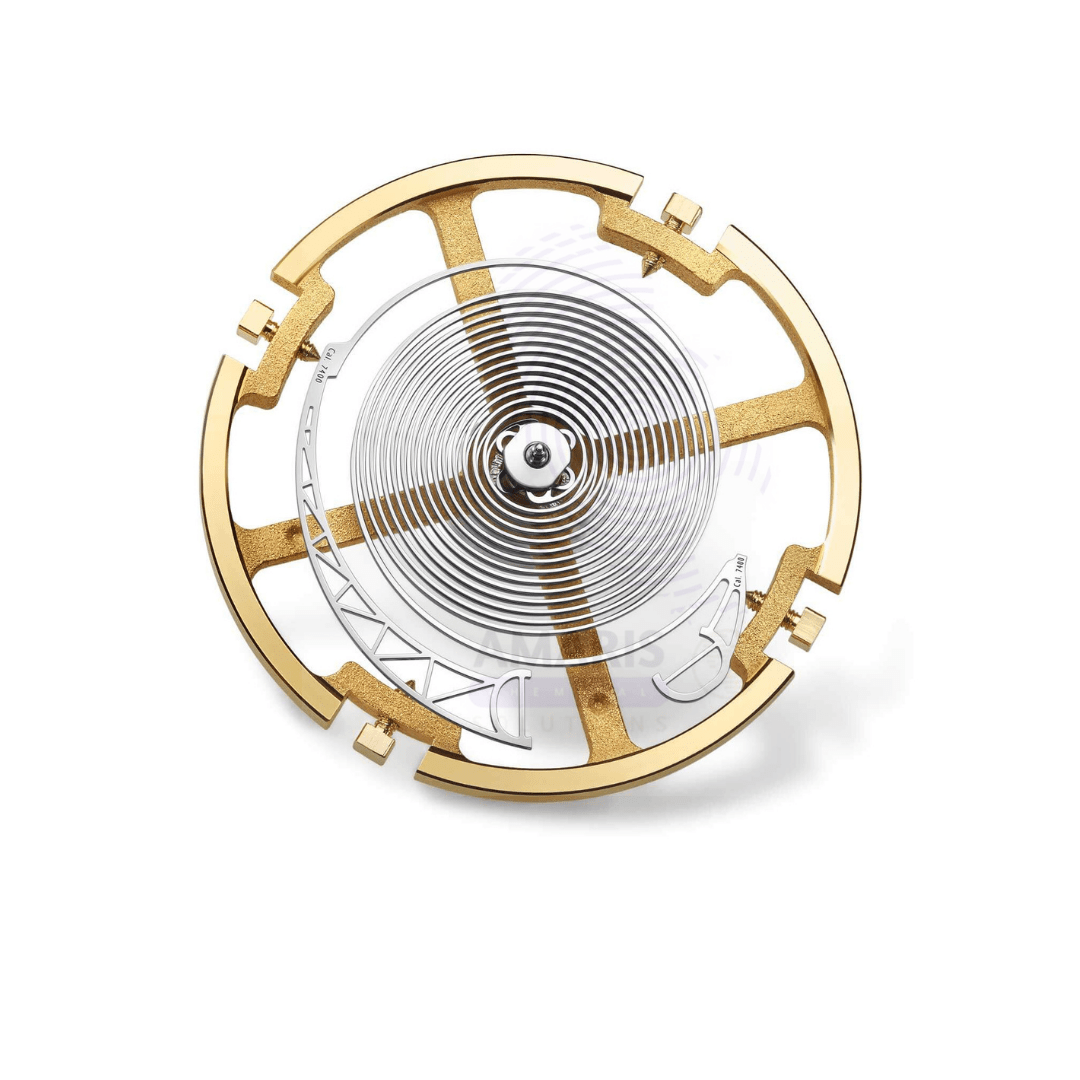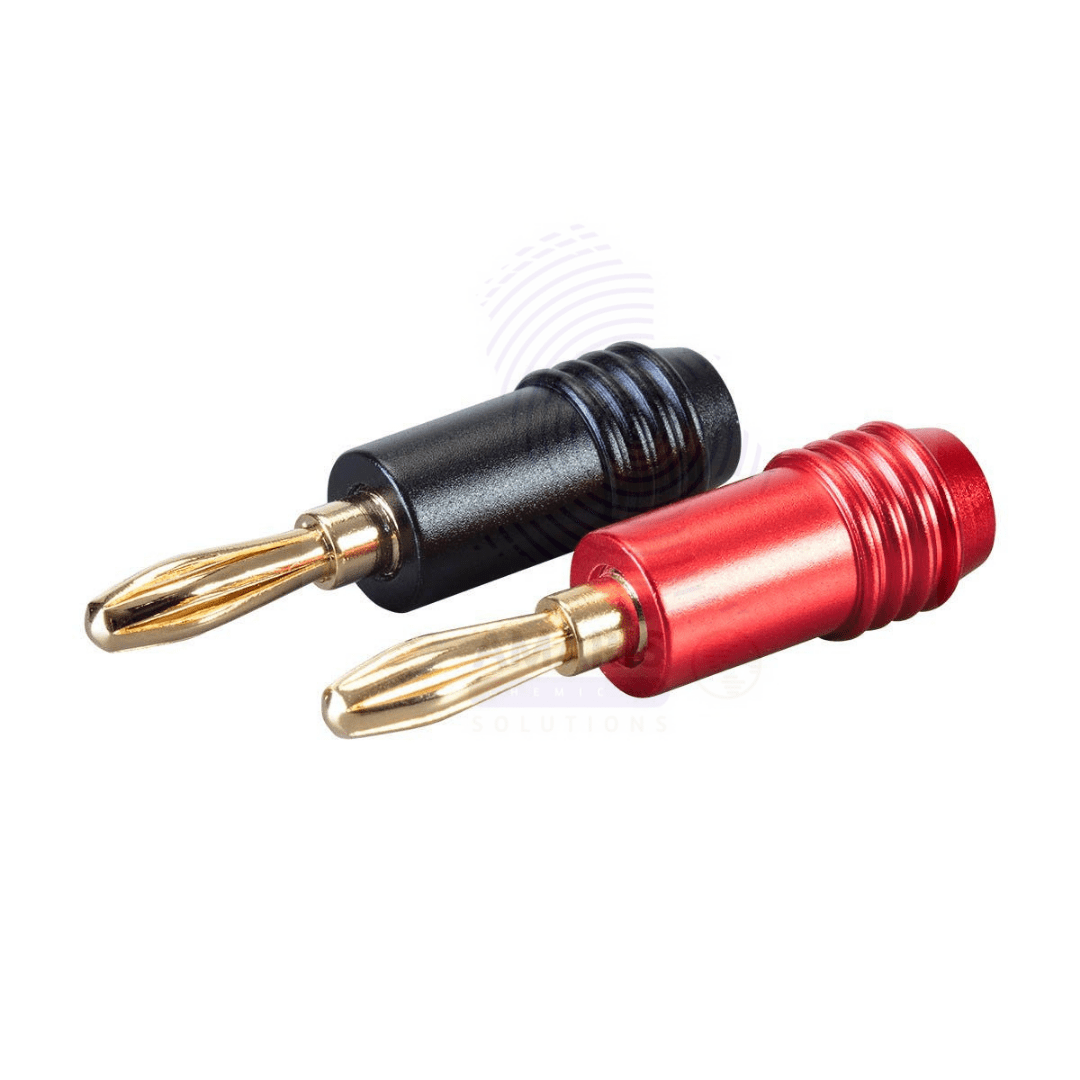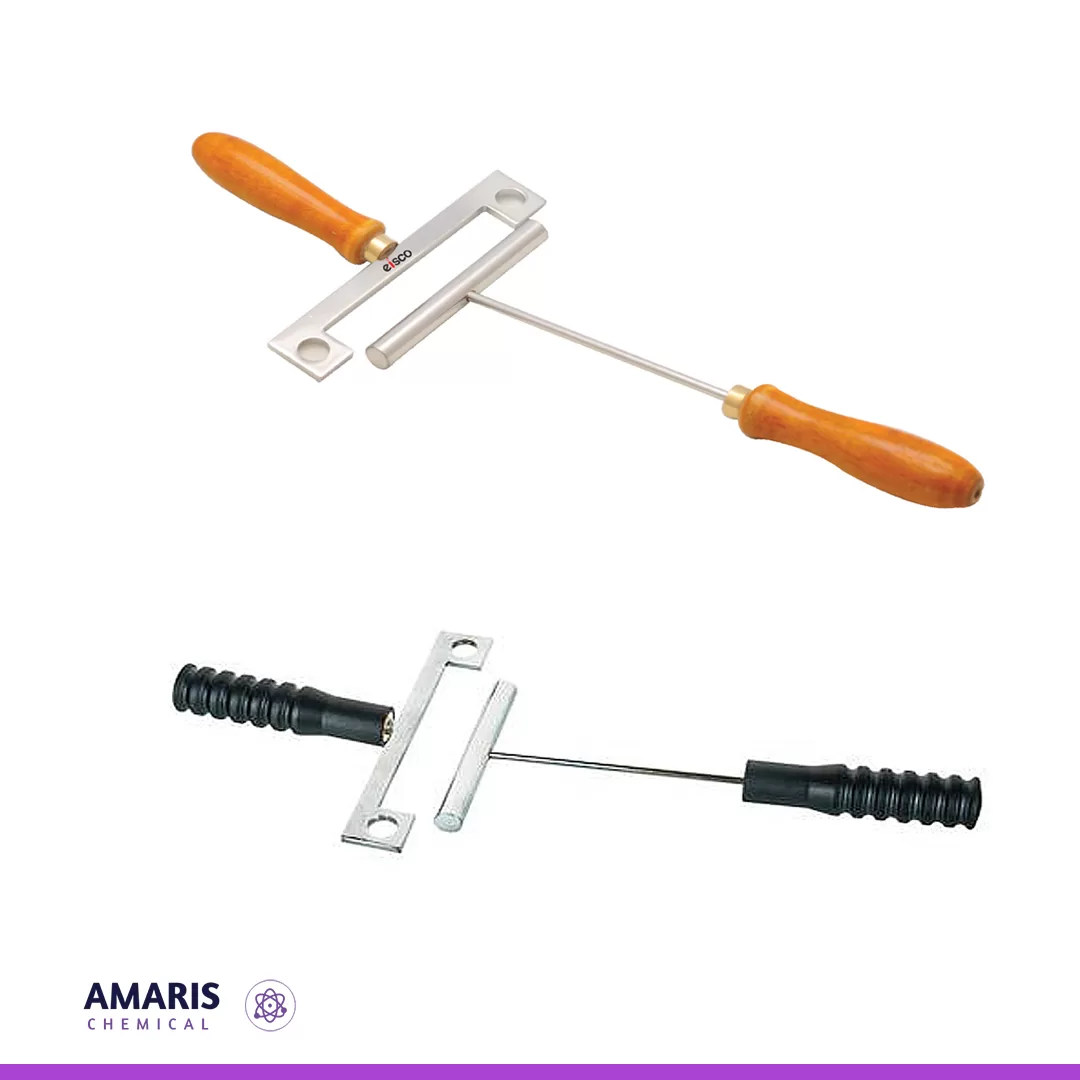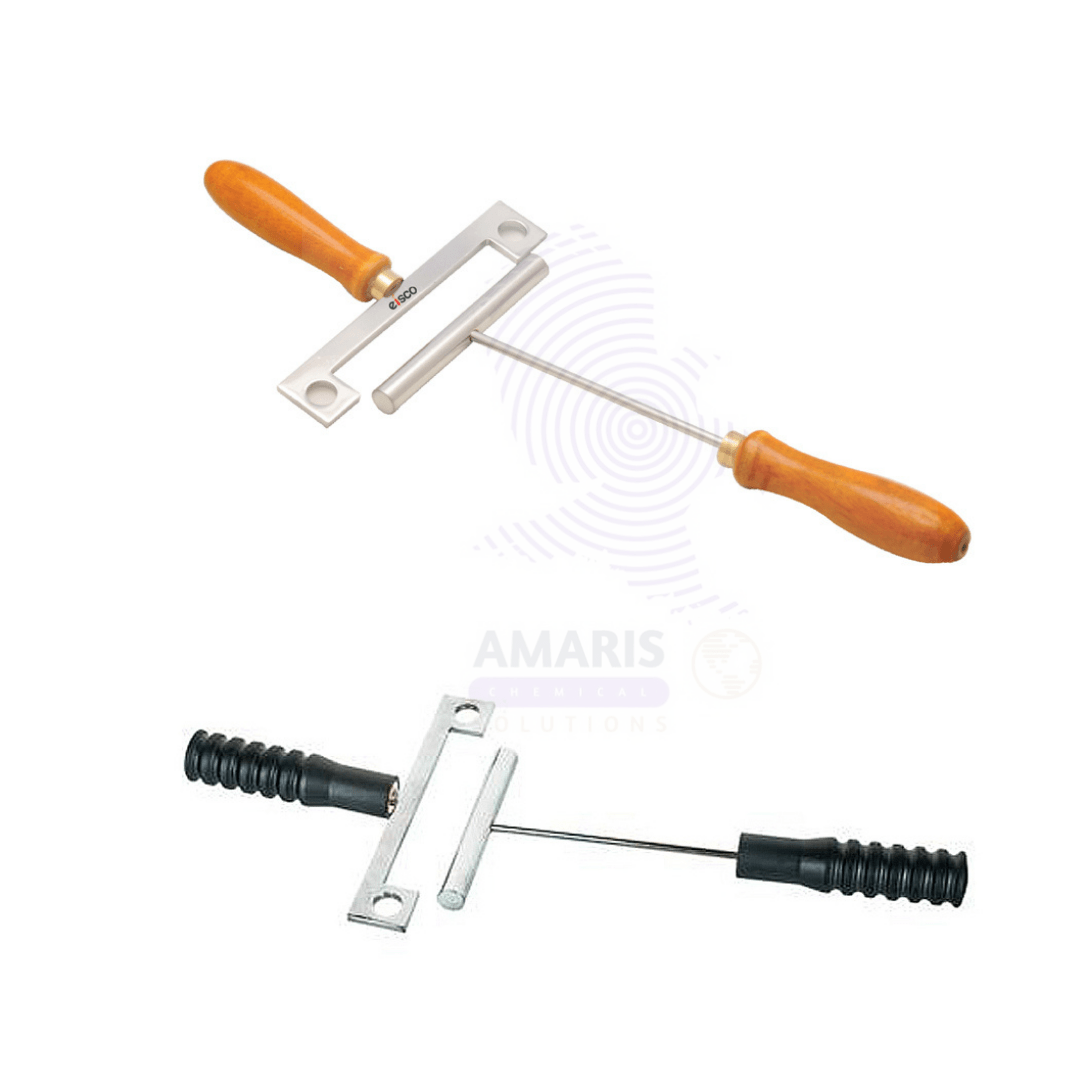Balance lever
The best definition of a balance lever is a simple machine that consists of a rigid bar or beam that pivots around a fixed point called the fulcrum. It is used to compare the weights or forces of two objects and determine if they are in equilibrium (balanced) or if one side is heavier than the other (unbalanced).
The balance lever operates on the principle of torque, where the torque (rotational force) exerted on one side of the fulcrum is equal to the torque on the other side when the system is in equilibrium. This principle is expressed by the formula: Torque = Force × Distance from fulcrum.
By placing known masses or weights on one side of the lever and an unknown weight on the other side, the balance lever can be used as a weighing scale. When the lever is in balance, the two sides are equal in weight or force. This concept has been widely used in various applications, from traditional weighing scales to more complex systems like seesaws or construction equipment.
balance spring
Balance spring
A balance spring, also known as a hairspring, is a fine, tightly coiled spring used in precision instruments, particularly in mechanical balances and watches, to control the oscillation of a balance wheel. In laboratory balances, it provides a restoring force that helps maintain equilibrium and ensures highly accurate measurements. The spring's flexibility and precision help in damping vibrations and stabilizing the balance, allowing the instrument to return to its zero position after disturbances. This makes the balance spring vital for precise and stable mass measurements, especially in analytical applications
Banana plug
A banana plug is a type of electrical connector commonly used in audio and electronic devices. It is designed to securely connect wires to binding posts or jacks found on audio equipment, speakers, amplifiers, and test instruments.
The name "banana plug" comes from its distinctive shape, resembling a curved banana. These plugs typically have a cylindrical metal body with a spring-loaded prong or pin that can be inserted into a corresponding socket or binding post. The plug's design allows for easy and quick connection and disconnection of wires without the need for soldering, making it a convenient choice for frequently changing connections.
Banana plugs are favored for their reliable contact and low resistance, which helps maintain good audio signal quality. They are commonly used in home audio setups, speaker systems, and test and measurement applications where a secure and durable electrical connection is essential.
bar and gauge apparatus
Bar and gauge apparatus
The bar and gauge apparatus are essential instruments used in laboratories to measure pressure in various systems, whether it be atmospheric pressure or the pressure of gases and liquids in closed systems. The barometer, often referred to as the bar apparatus, is primarily used to measure atmospheric pressure, playing a critical role in experiments involving gas laws and environmental studies. On the other hand, pressure gauges are used to monitor and control the pressure within containers, pipelines, or reactors, ensuring precise pressure management. These devices are vital for maintaining safety and achieving accurate experimental results, particularly in setups involving pressurized gases or liquids










